Japanese casseroles: features and manufacturers' review
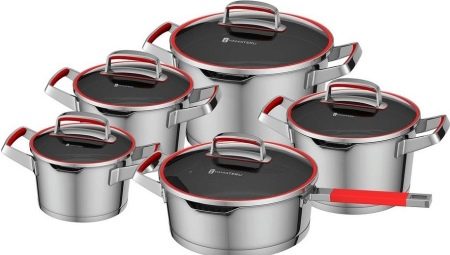
The products of Japanese factories have been considered very high quality for many decades. This assessment is fully justified for kitchen utensils. But in the Asian country there are also features due to the specifics of the national cuisine.
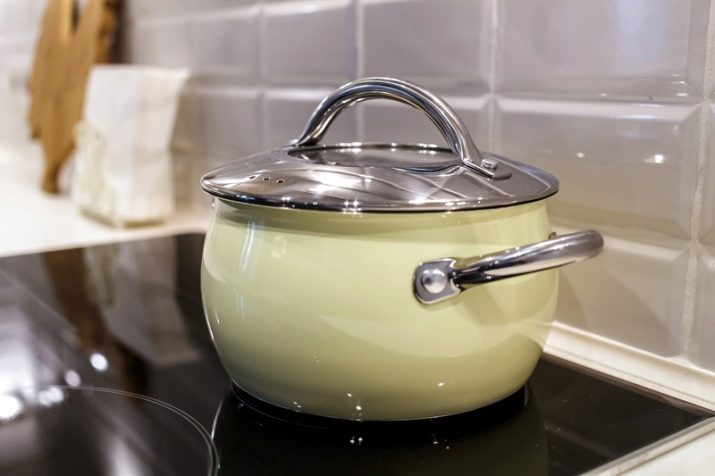
Description
Classic Japanese casseroles are as unusual as other displays of this exotic culture. For several centuries, traditions in this area have been preserved indestructible. The Asian approach is that one should admire not only the food, but also the vessel in which it was prepared. Those who show such emotions are considered polite and cultured people. Evaluated:
- the effort expended in making the utensils;
- creative concept;
- external attraction;
- aesthetic merits.
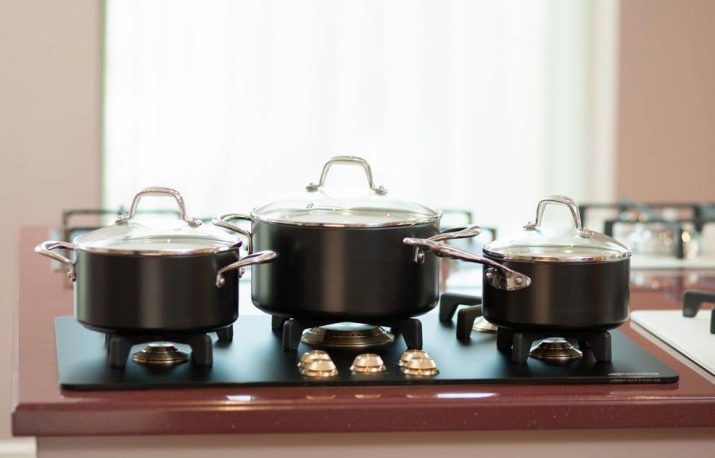
The Japanese worldview is based on the fact that each season is deeply symbolic. The mood associated with the season should also be reflected on the tableware. Autumn and winter options express primarily a sense of comfort and warmth. Products designed for spring and summer should create a feeling of light chill and carefree leisure.
Autumn dishes demonstrate a characteristic change in colors, but in winter they use containers with snowy landscapes.
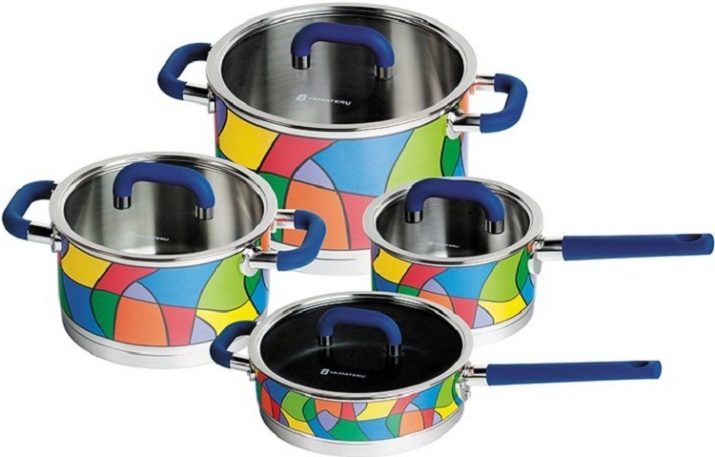
Pots intended for the cold season should be as aesthetically pleasing as possible. In this case, the aesthetic concept is selected in such a way as to add maximum warmth to the interior. "Warmth" should be expressed both in the structure of the material and in its properties. Cutlery made for fall and winter is heavier and stronger than those used in summer. Now you can look at the style and options.
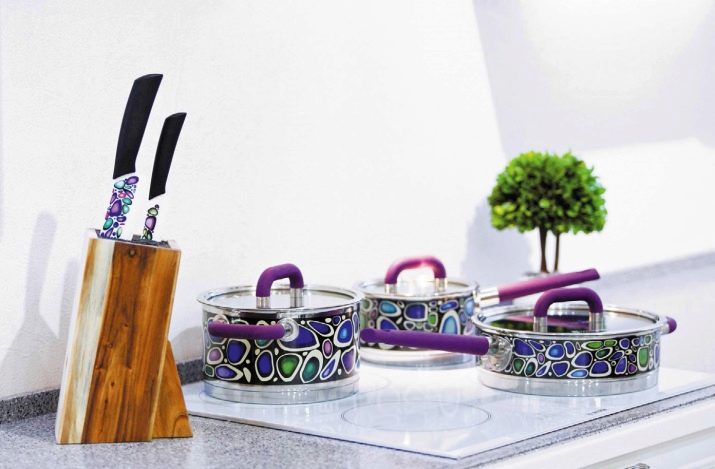
Main varieties and colors
The crockery, designed for spring and summer, is painted in tones that symbolize blossoming trees and shrubs. Japanese designers are trying to recreate the flutter of flowers in the wind. The coloration prevails, expressing the idea of freshness:
- black (cool in the shade);
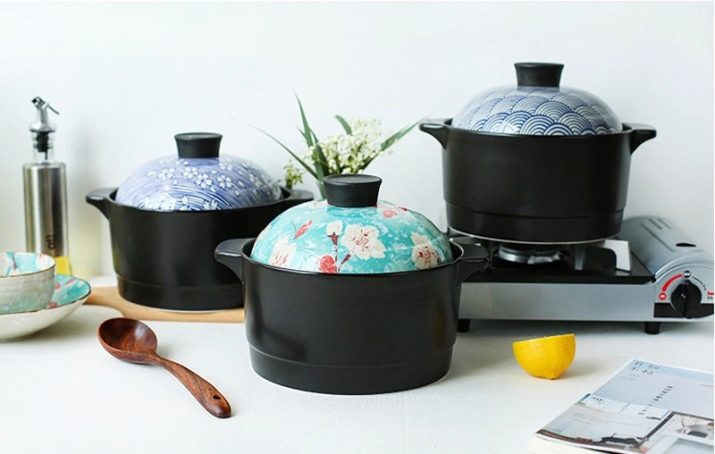
- green (fresh foliage);
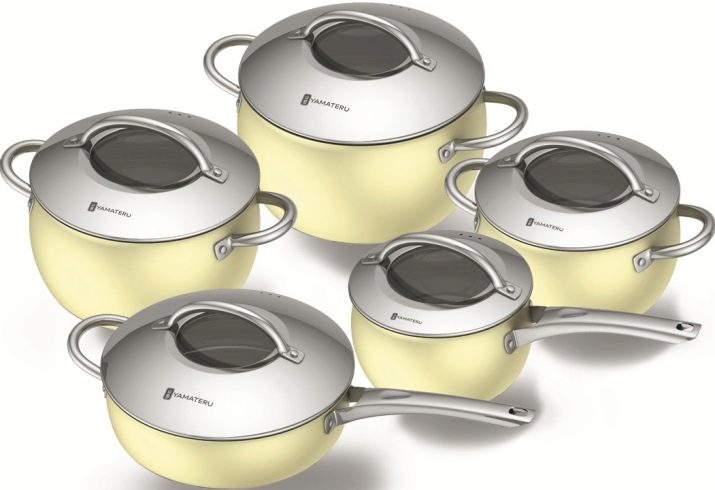
- blue (flowing water).
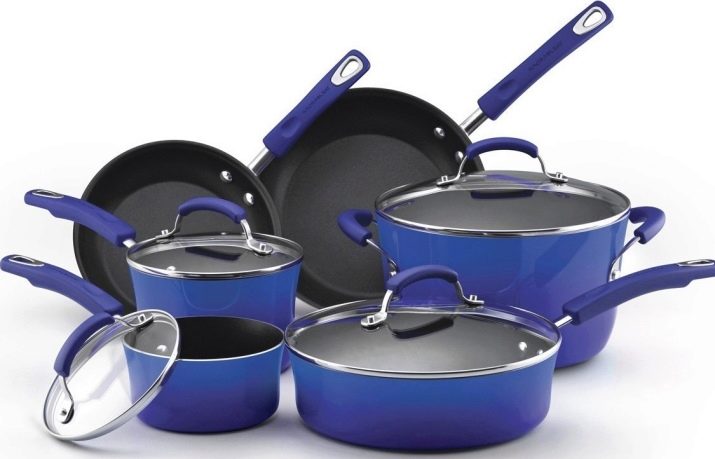
This tonality is believed to keep you from eating too much. As for finished products under varnish or under ceramics, they can be used in any season. Such things can create both "warm" and "cool" sensations. Various companies are engaged in the release of pots of various types in Japan. And each of them can offer many interesting solutions.
Models, firms and advice on choosing
In Japan, they even know how to make excellent enameled pots, which prove themselves much better than similar foreign products.
Ejiry products are a good option. The unique technology includes “sweet treatment” of the product, when powdered sugar is added to the selected enamel, and the result looks like glass. Such a coating is hygienic, excluding the ingress of metal ions into the food composition, while the taste is not distorted.
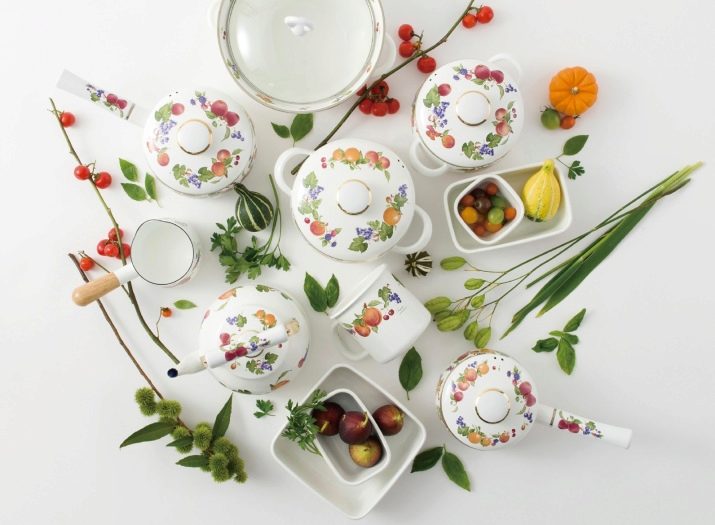
At the same time, it is possible to avoid long-term persistence of odor on the walls of the dishes. The developers of the coating tried to make it as resistant as possible to the action of acidic and alkaline environments. Therefore, chemical reactions between products and basic material are impossible. Bacteria do not grow on a glass-like layer. Another advantage of Ejiry products is the thick bottom, which prevents food from burning.
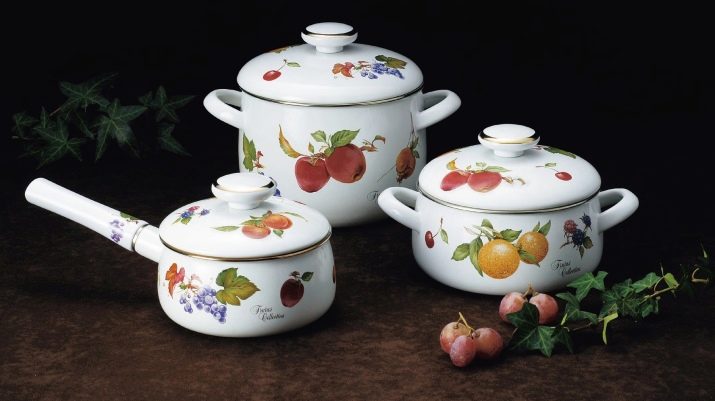
Alternatively, you can consider pot sets from Yamateru... This company buys steel and coating materials from the world's leading suppliers. The high quality of the products is at least confirmed by their export to the USA. The corporate philosophy implies exceptional excellence in material, design concepts, and even packaging. Yamateru products are made in a factory near Uenohara city.
All production lines are fully certified. The total number of employed employees reaches approximately 400 people.
Important: the total production of pots is limited to 60 thousand sets per year. One must beware of counterfeits. In addition, the cost of production is very high.
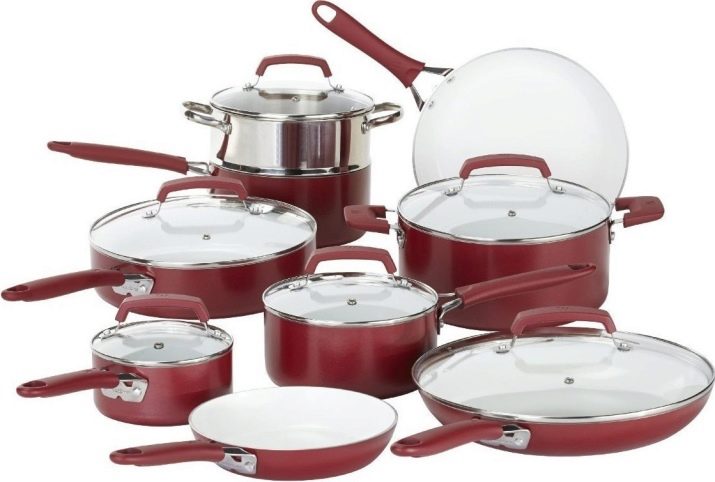
From the products of little-known models outside of Japan, one can name a pot made of Vermicular cast iron. It is made in 7 different colors with a pearlescent sheen. Attention: the demand for Vermicular is very high, and sometimes you have to wait for the order to be satisfied for several months. All juices are securely held under the heavy lid, and food can be stewed with a minimum of water. Therefore, it is possible to only slightly distort the optimal composition of the dishes.
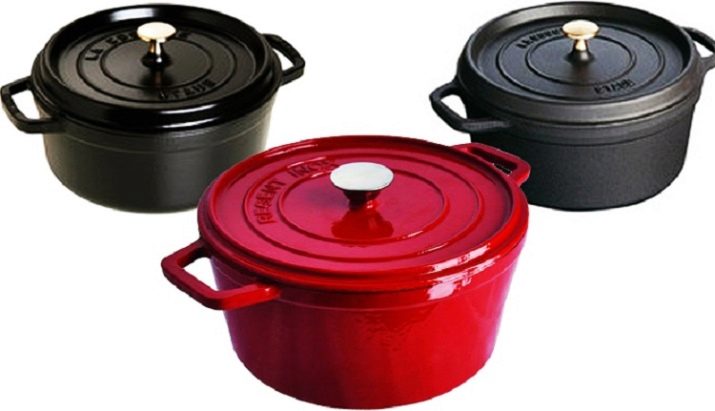
For an overview of a set of Japanese dishes, see the next video.








